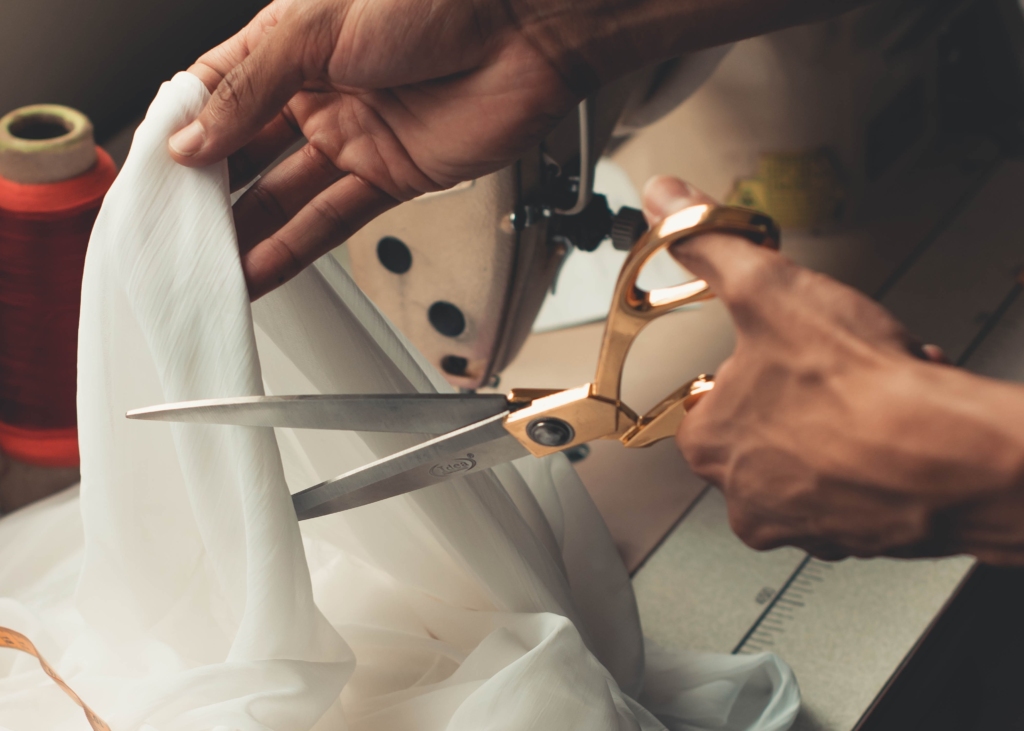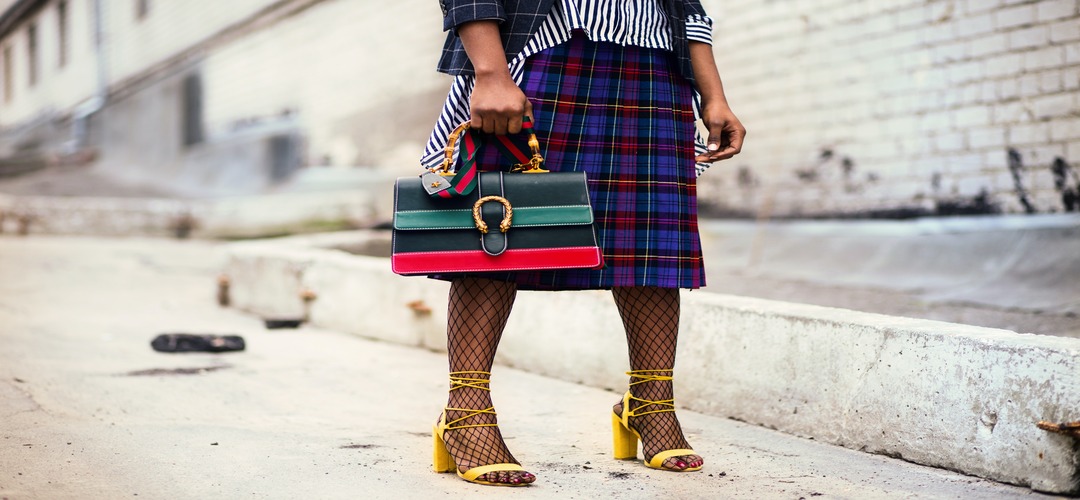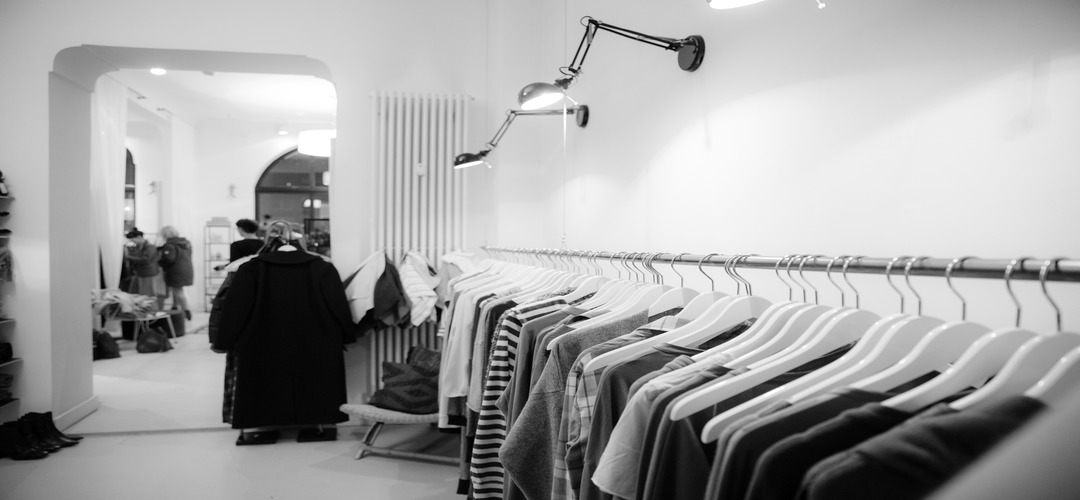
Rhuigi Villaseñor went from making fashion faux pas to running RHUDE, his very own fashion house, with many fans clamoring for his next collection.
At age 11, Rhuigi and his family moved from Manila to Los Angeles, where they stayed in a one-bedroom apartment.
Rhuigi was a fish out of water. He had to learn the language and everything else that came with living in America.
On his first day of school, he wore Skechers and a Spalding vest, which earned him a lot of teasing. But he persevered and arrived one day wearing Air Jordans.
“I looked at it like a game. And I play to win. For me to be one of the cool guys, I needed to understand what the style language was.”
– Rhuigi, Forbes Interview (2019)
Rhuigi had to hustle hard

Rhuigi’s father wanted him to be a doctor, but he was drawn to art and fashion. After graduating high school, he took it upon himself to pursue a career in that industry.
He took pattern-making classes with his mom, who was a tailor, guiding him.
Rhuigi also took an internship with Cal-Brit designer Shaun Samson, taking the bus from The Valley to downtown Los Angeles daily.
Rhuigi relied on his entrepreneurial skills to support himself, reselling signature finds from Goodwill.
“Sometimes I’d find Versace or Marc Jacobs, and then I’d sell it. And the $7 that I spent would turn into $200. I couldn’t rely on my parents. I had to go get it.”
– Rhuigi, Forbes Interview (2019)
The T-Shirt That Started It All

The Manila-born designer founded his brand, RHUDE, in 2013. At first, the label did not see a lot of profit. However, he never doubted himself.
His efforts paid off when one of his designs catapulted him to fashion superstardom. This design was a cotton t-shirt printed with a black and white paisley bandana pattern, a nod to West Coast culture.
Initially, Rhuigi had no intention of selling the t-shirt. “I didn’t want anyone else to have my look,” he said.
But he eventually gave it to Kendrick Lamar, who wore black and red versions of the design to the BET Awards in 2012.
“It was beautiful,” he said. “It changed my life.”
The demand for his designs surged. And at the encouragement of his peers, Rhuigi made the bandana t-shirt available to the public. This move opened many doors for his career in fashion.
The RHUDE Awakening
In 2015, Rhuigi formally established RHUDE.
The name is a tribute to his grandfather who wanted all their names to start with “Rh”. The designer saw his craft as a means of providing for his family.
RHUDE, which has expanded from tees to a full line, is now one of the best men’s labels around.
Big Sean, A$AP Rocky, Kevin Durant, Jimmy Butler, Offset, Future, and Bella Hadid are just some of the celebrities who have worn the brand.
Now, it’s also sold at dozens of the best retailers, such as Barneys, SSENSE, Patron of the New, 424, and Union.
“Family’s all set now,” he boasted in a recent interview with GQ. “The brand made $30 million in the last year.”
“Life is about earnership. If you feel that there are supernatural forces guiding life, then you’re not fully in control of yours. Everything is a choice, he says. There’s no fate controlling our destinies on this planet”.
– Rhuigi, GQ Interview (2022)
Ecdysis with Bally
For Rhuigi, hard work is essential.
The young designer further cemented his place in the fashion industry when he was appointed as the new creative director of Swiss luxury fashion house, Bally, in 2022.
Presented during the September 2022 Milan Fashion Week, Rhuigi’s debut collection for the 171-year-old brand, dubbed “Ecdysis,” redefines luxury European dressing through American eyes.
He credits his upbringing with providing a foundation and understanding of how to build each piece and the subsequent stories told with each collection.
In his exploration of the Bally archive, he took inspiration from the brand’s codes around art, graphic design, architecture and nature.
Rhuigi also shared that he’s learning from Bally on how to improve his own brand.
“I’m learning how to create a house that will last for a long time, how to scale up and make sure Rhude can weather the storms.”
– Rhuigi, GQ Interview (2022)
What is Rhuigi up to now?
Currently, he is also the creative strategist of the Meruelo Group, and is designing collections with brands such as Zara, Puma, Starter.
Rhuigi Villaseñor is showing the world that he’s got a lot more to offer.
With his earnership-mindset and determination, RHUDE is definitely set to become a household name.














































